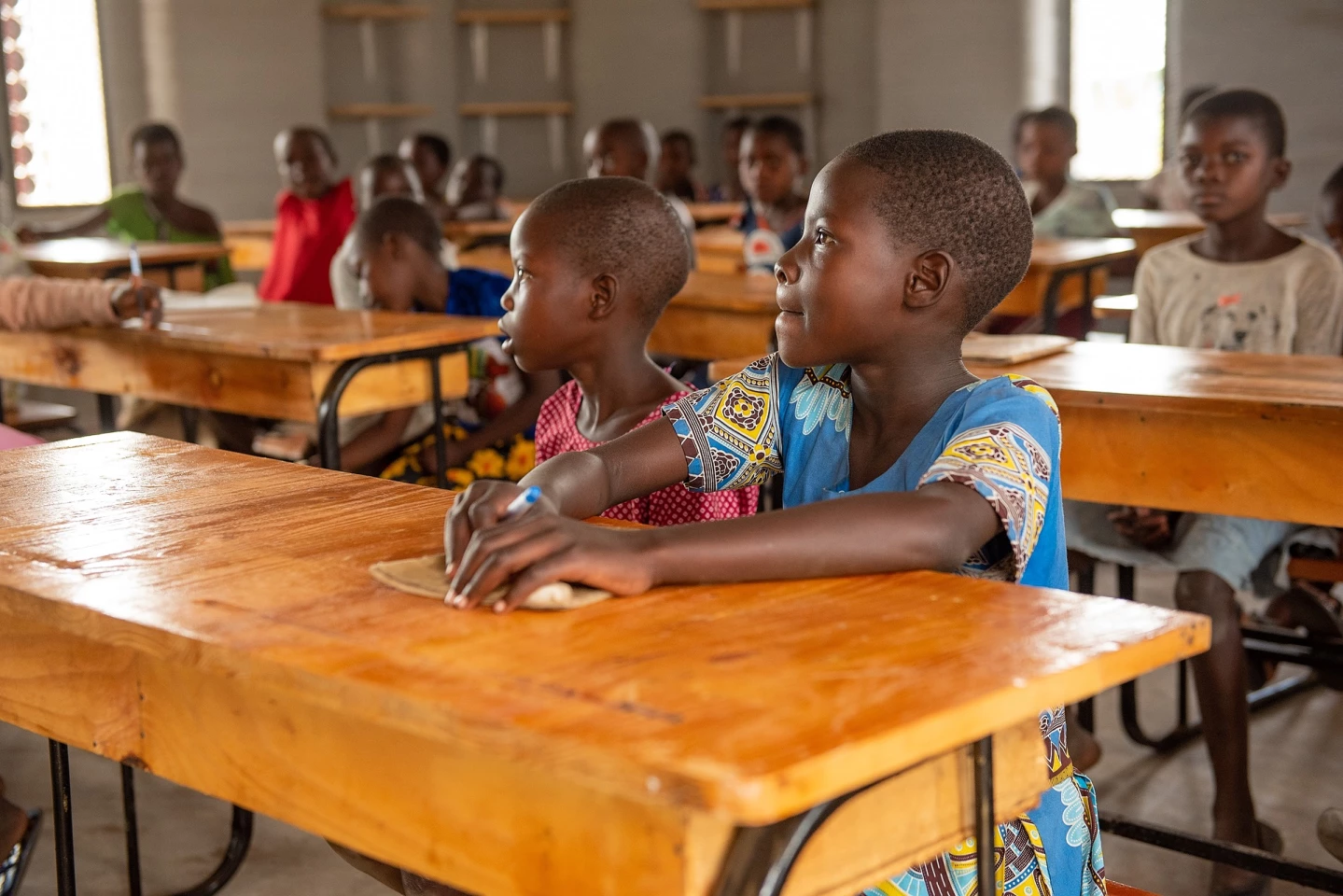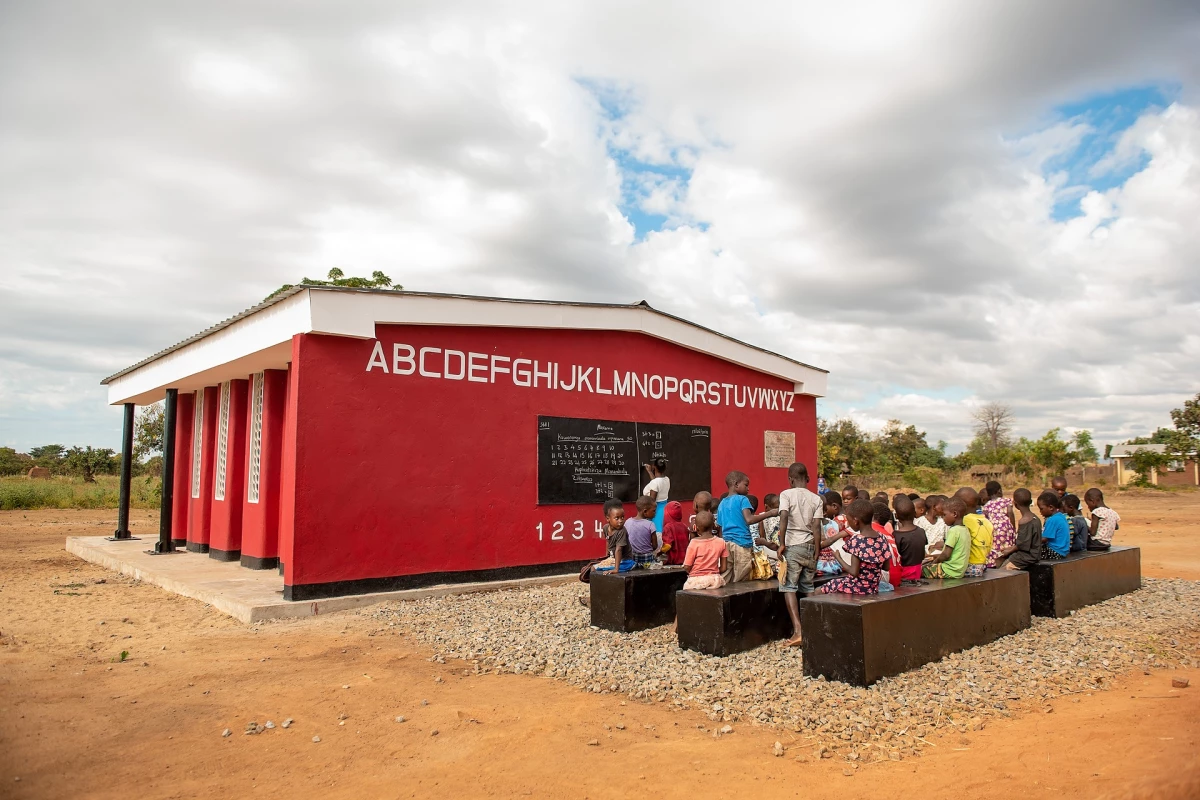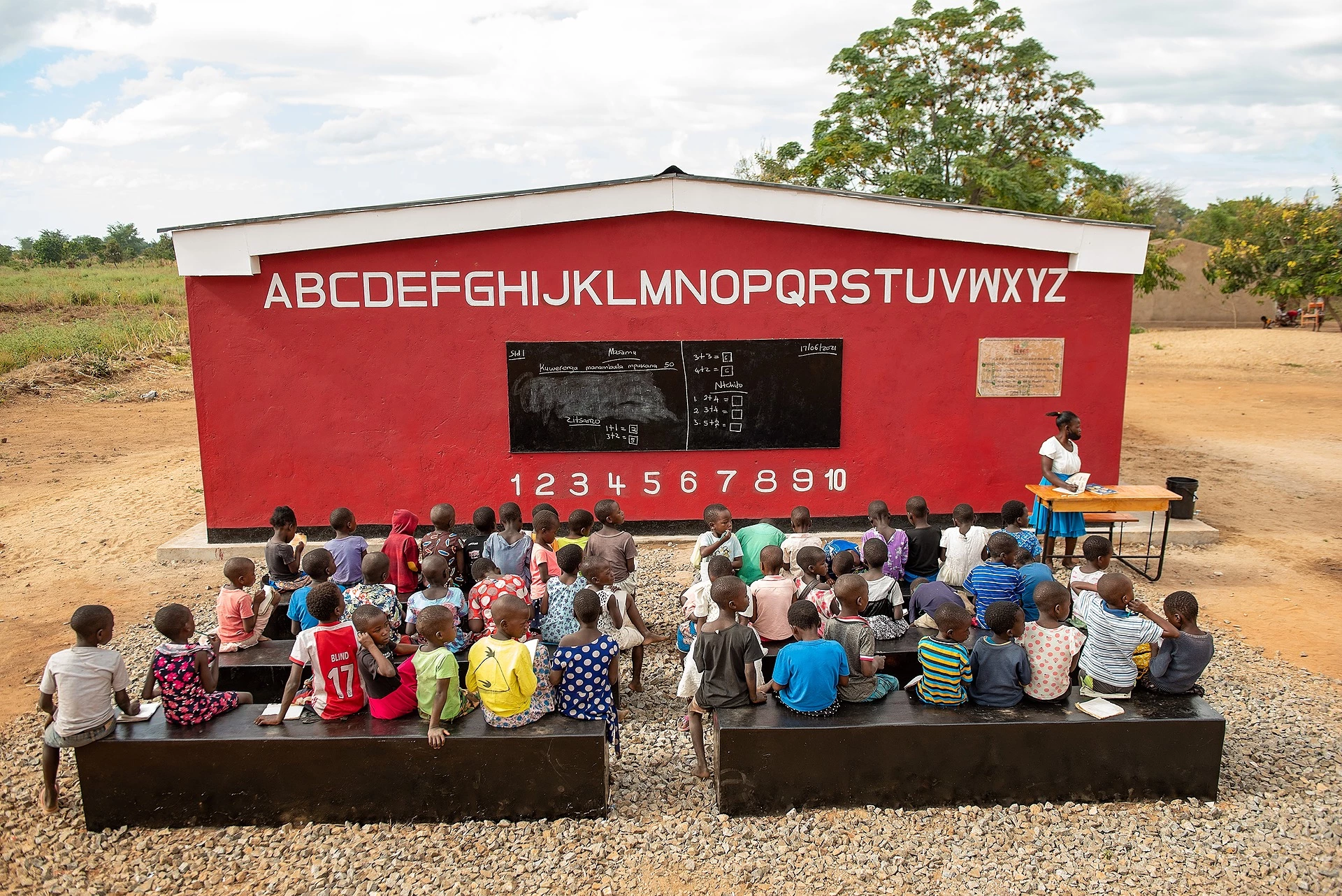Through pioneering projects in Mexico, China, Texas and elsewhere, we're starting to see how 3D printing can make building construction a whole lot more cost effective. An affordable housing venture in Africa named 14Trees has now leveraged the technology to produce the world's first 3D-printed school in Malawi, where students started taking their first lessons late last month.
14Trees is a joint effort between the UK's CDC Group and construction multinational LafargeHolcim, and is looking to help address housing shortages in Africa. As we've seen with other 3D-printed construction projects, the team uses a large extruder to form the walls of structures before the finishing touches, like windows, doors, roofing and various fittings, are added by skilled workers.
This approach can greatly reduce the time of construction and its impact, with CDC Group claiming the technique reduces the environmental footprint of constructing new buildings by 50 percent. 14Trees began scaling up its operations in Africa late last year, and recently completed the first 3D-printed "affordable" house in Africa, printing the walls in just 12 hours.
Along with a housing shortage, there is also a great need for new schools in Malawi, with UNICEF estimating that the shortage of 36,000 classrooms in the country would take 70 years to build. With the help of 3D printing, 14Trees believes this gap could be addressed in as little as 10 years.

The organization's first school was built in the district of Salima, with the walls printed in just 18 hours, compared to the several days required by conventional methods. It was then officially transferred to a village community in the Yambe zone, with classes then beginning on June 21.
“Before, we had 12 schools in the Yambe zone; we now have 13 – with this new 3D-printed school," says Juliana Kuphanga Chikandila, a Primary Education Advisor in Malawi. "To increase our supply of education to children, we need a total of four more primary schools in the Yambe zone, but as a district, we need approximately 50 more schools to serve those in need. I am very impressed by the new building – its durability and design provide the space and facilities that students did not have before; teaching and learning can now happen inside and outside the classroom."
With the world's first 3D-printed school now complete in Malawi, 14Trees will now look to build on this proof of concept with further projects in Kenya and Zimbabwe. Elsewhere, a 3D-printed school is also planned for Madagascar, with construction to take place sometime this year.
The short video below offers a look at the 14Trees 3D printing process.
Source: CDC Group






